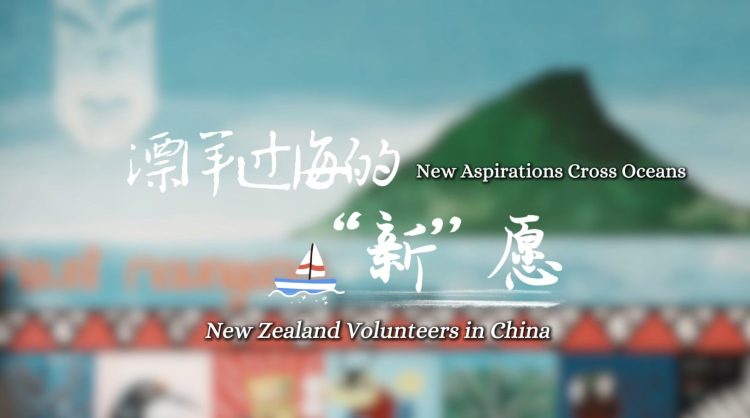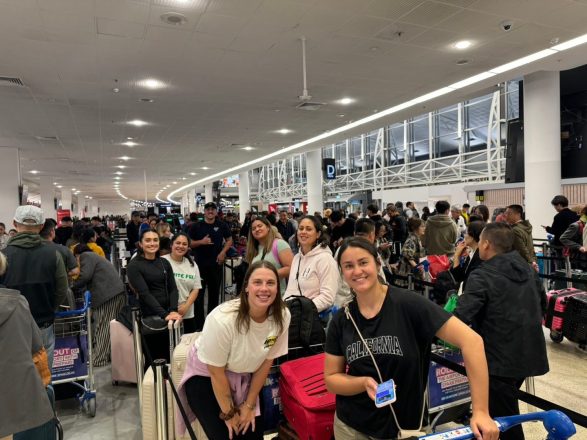Tauranga is preparing for its first city council election in nearly five years. The candidates for the election, which is scheduled for July 20, have been announced. Fifteen candidates are competing for the mayoral position.
The election will be conducted under a new governance model, which includes a mayor and nine councillors. Candidates will be representing the eight local wards and the newly established Māori ward, Te Awanui. This is the first time the city has had a Māori ward, which will cover the entire city.
People enrolled to vote on the Maori electoral roll will be able to vote for a candidate in this ward as well as the mayor. Voters on the general roll will vote for a candidate in their local ward plus the mayor. Special voting begins on June 20 and will close at midday on July 20.
The previous council, elected in 2019, was discharged of their duties in late 2020 due to infighting and significant governance issues. A four-person commission led by Anne Tolley took over in 2021. The term of the commission was extended until July this year.
The new mayor and councillors will serve a four-year term ending in 2028, which is different from the usual three-year term due to the election being out of sync with the council election cycle.
Among the mayoral candidates are Olympic rowing gold medallist Mahé Drysdale, singer Ria Hall, former deputy mayor Tina Salisbury, former mayor Greg Brownless, former Bay of Plenty Regional Councillor Doug Owens, and former councillor John Robson.
Voting papers will be delivered between June 29 and July 3. The last day to post your voting form is July 17. The last day to enrol and be able to vote is July 19. The preliminary results will be announced on July 20, with the final results due between July 23 and 25.





























































